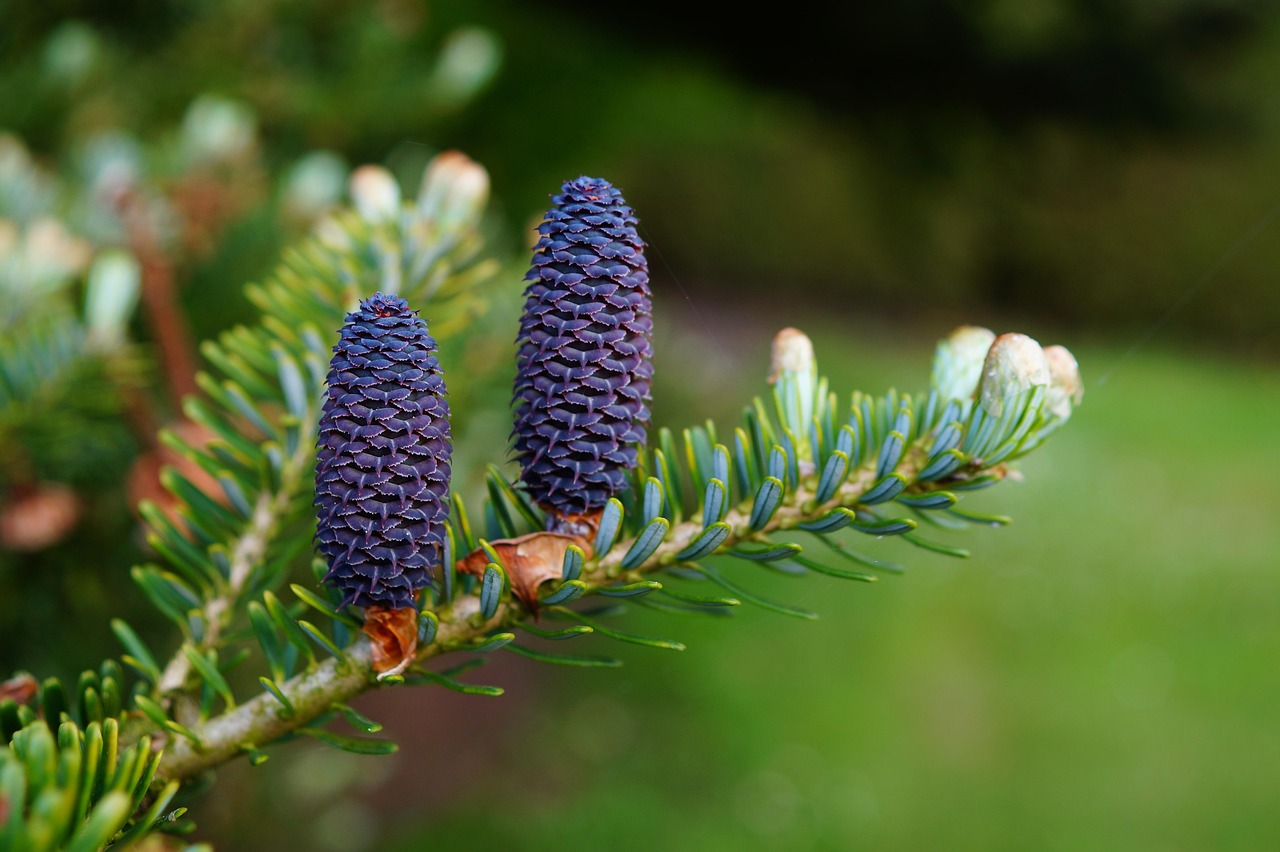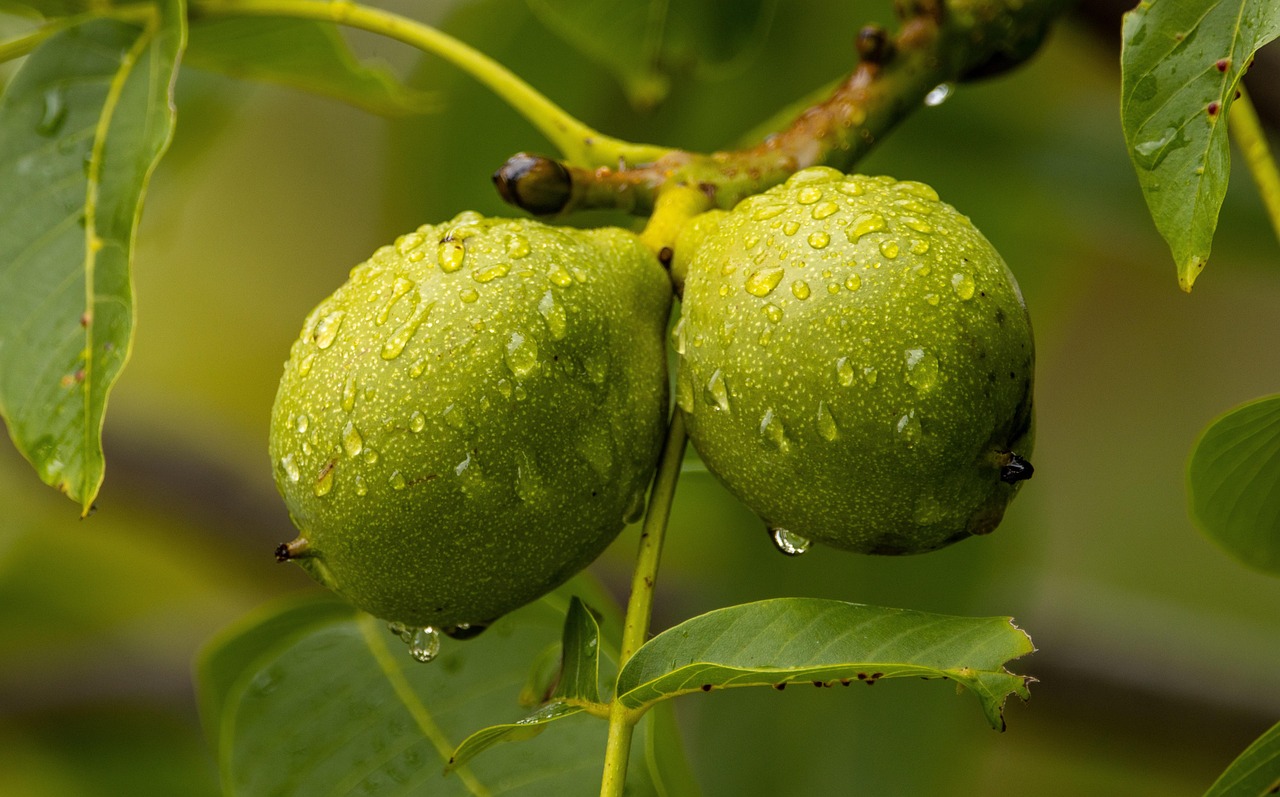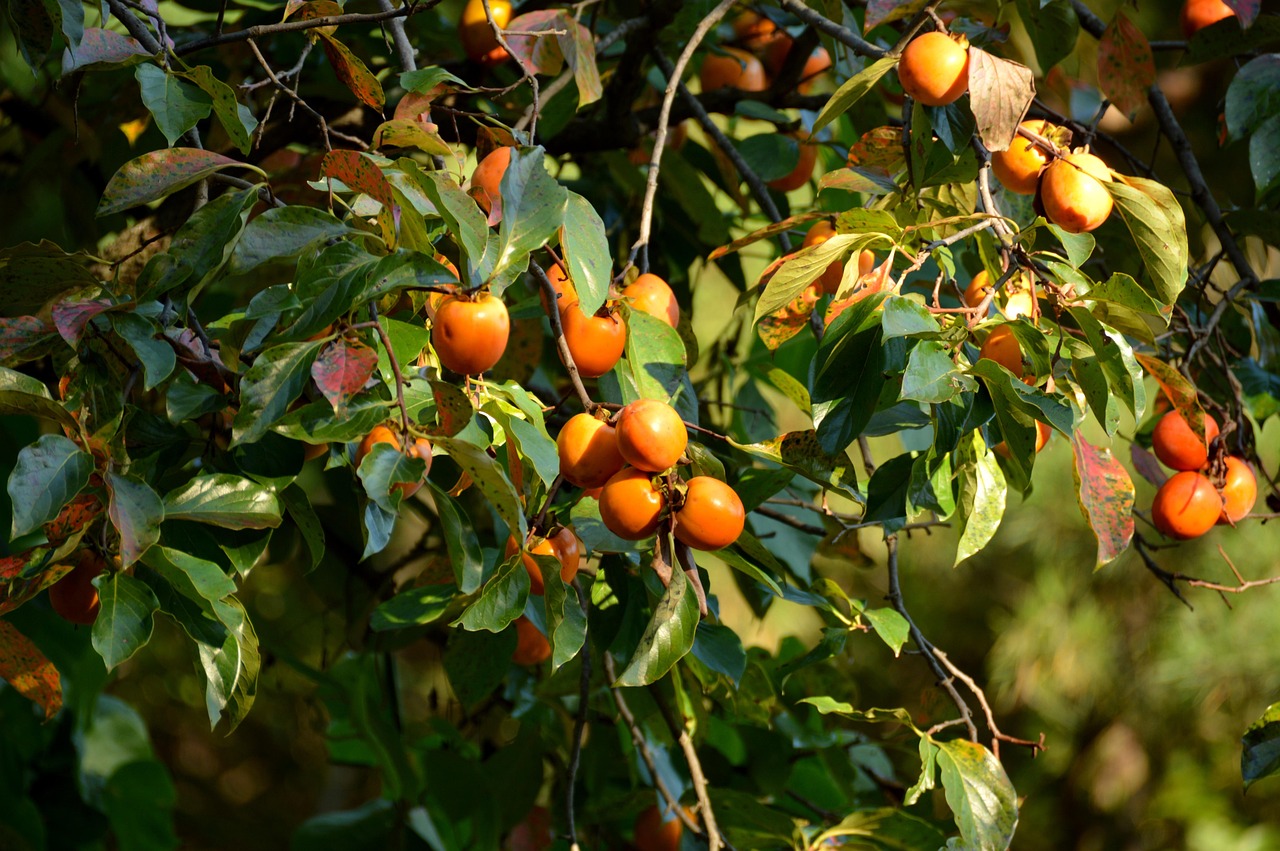
Tree trimming comes with the upkeep of healthy trees and is considered to keep the property safe. Our tree pruning work goes toward removing dead or diseased limbs to increase tree health and remove hazards that may arise from it. Storms will pose threats with limbs that are too long or have become heavy with damage from aging.
Tree experts know what the species needs for successful growing and apply precise pruning methods accordingly, preserving the natural form and beauty of your trees. When we take away weak or overcrowded branches, they prevent sunlight and air circulation from reaching the tree. Hence, it improves the overall health of the tree. Professional pruning makes your property look attractive.
Professional people will ensure the safe and efficient completion of the tree-pruning work, eliminating the possibility of accidents and expensive damage. Continuous tree pruning will keep the beauty of your landscape alive and the trees in good health; hence, the terms “healthy” and “strong” will be satisfied at all times. Choosing a professional Charleston, WV, tree pruning service brings safety and beauty to your property.

Key Benefits of Professional Tree Pruning
Where pruning is usually thought of as a way to retain the appearance of a tree, it is one of the essential acts for the health of trees. Some key benefits of professional tree pruning services for your trees and landscape are as under:
Safety Enhancement of People, Pets, and Property
The first consideration in tree pruning is identifying and removing branches that might be dangerous to human life, animals, and adjacent structures, especially during adverse weather conditions; hence, the removal of such hazards can prevent accidents and damage to property. Pruning also stops further spread of fungi, while sometimes a few sound branches are selectively trimmed or removed to preserve the tree’s structural integrity and appearance.
Meeting Clearance Requirements
An important thing for clearance: Pruning of low-hanging branches ensures free passage to pedestrians and vehicles over corridors, driveways, and adjoining buildings. In urban settings, tree limbs and foliage shall not obstruct public sidewalks, roadways, or the visibility of traffic lights and street signs.
Preventing and Managing Disease
Excess moisture is conducive to tree diseases, usually nurtured by inadequate sunshine and poor airflow under the tree canopy. Pruning such affected trees or even other trees suspected to be crowding the subject tree will open the canopy for better penetration of sunlight and air circulation. Improved conditions help prevent moisture-related diseases and also aid in the efficiency of the preventive treatments applied by arborists.
Addressing Structural Issues in Young Trees
Developmental tree pruning works to fix structural defects in young trees to allow strong, healthy growth and pleasing branch architecture. Early intervention lessens the chance of serious problems during maturity, possibly negating expensive remedial procedures like cabling and bracing.
Restoration Pruning for Mature Trees
Mature trees lose natural shape and structure due to storm damage or perhaps structural failure. Restoration pruning by an excellent arborist can help restore the tree to its original form and stimulate new healthy growth. This will often involve advanced techniques carried out over multiple cycles of pruning, yet the healing and beautification of an older tree is an effort worth undertaking.
Enhancing Scenic Views
Strategic pruning, thinning, or removal of branches in the tree canopy improves the views on the property. This helps property owners to enjoy better sightlines to lakes, valleys, or other scenic vistas, along with maintaining desired privacy.

When Is the Best Time for Pruning?
Depending on the variety and life cycle of the plant, pruning at the right time varies. For most deciduous trees and shrubs, the best time for pruning would be late winter to early spring. When pruned during dormancy, plants remain fairly free of any stress and channel their energies into new growth with the onset of spring. Flowering shrubs are usually pruned after they flower so that flowering buds are intact for the following year. Evergreens and some shrubs may be pruned late in the summer or early fall so that they have time to grow the new wood and harden before cold weather. Avoid heavy pruning late in summer or early fall for trees and shrubs, as this may induce flushing that might not properly harden off before winter. Knowing what your particular plant species needs will help you decide the best time for pruning to ensure that it grows healthy and strong.
Frequently Asked Questions About Tree Pruning
Tree pruning is a significant task in keeping trees healthy and safe. It entails removing dead or diseased branches, preventing limb fall, promoting healthy growth, and encouraging a better look for the tree.
Pruning frequency varies according to its species, age, and health. Generally, young trees should be pruned at least once a year to allow for the development of a strong structure, while mature trees are pruned every few years. A professional arborist should be consulted about specifics.
Although a home gardener may handle simple pruning, most of the time, it’s best to let an arborist take charge. Their expertise and equipment allow for safe and effective tree pruning, thereby reducing the chances of any damage to the trees while assuring their health.
Arborists employ various techniques for thinning, shaping, and restoration pruning. They make it a point to understand the needs of different tree species to utilize methods best suited to stimulating healthy tree growth while supporting the natural shape of the tree.
Pruning performed appropriately by a professional will never damage the tree. Good pruning will improve health and life expectancy; poor pruning or over-pruning will destroy the tree. For that reason, the services of a competent arborist are better sought.
After pruning, generally, all cut branches and all debris are removed. We then proceed, depending on your choice, either to chip the branches on-site for mulch or haul them away for disposal.

News Feed
- By Thomas John Anderson
- 26 November 2025
Shortleaf Pine vs Loblolly: Key Differences in Growth
- By Thomas John Anderson
- 18 November 2025
Butternut Tree vs Black Walnut: Which Tree Should You Plant?
- By Thomas John Anderson
- 14 November 2025



